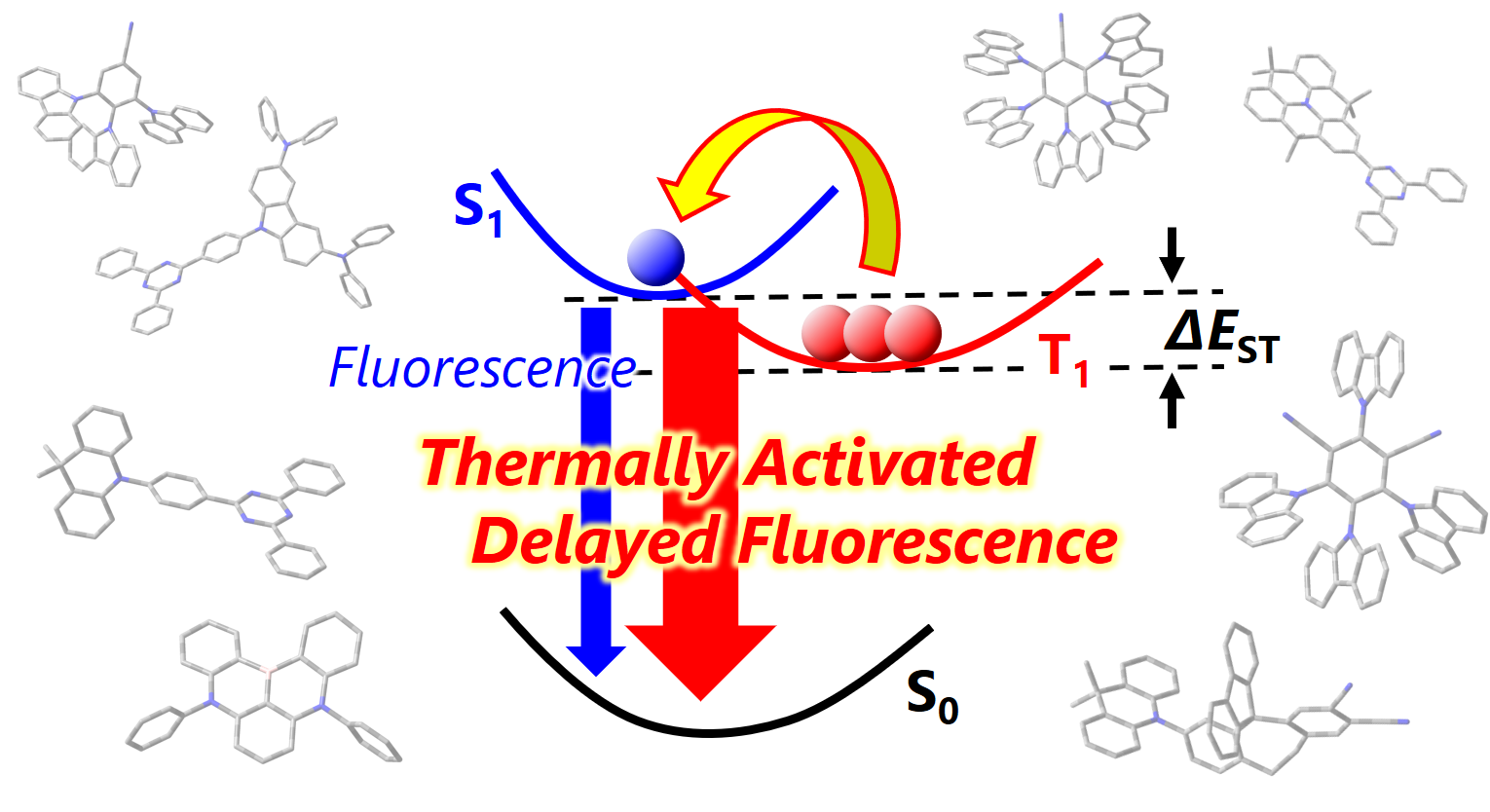原子間力顕微鏡(Atomic Force Microscopy;AFM)とは、走査型顕微鏡の一種である。試料と探針間に働く原子間力を検出することによって、試料表面を原子レベルで可視化する技術。
て検出する。たわみ具合はレーザー光の反射角から精密に見積もることができる。このようにして、試料表面の凹凸を画像化する(下図)。同様
の測定ができる走査型電子顕微鏡(STM)に比べ、導電性のない材料にも適用可能という利点を持つのが特徴である。
非接触型原子間力顕微鏡(Non-contacting Atomic Force Microscope: NC-AFM)では、探針を試料上空で上下振動させて走査し、探針-試料間距離に応じて変化する振動パラメータ変化を検出する。分解能などさまざまな点で接触型よりも優れており、原子レベルの解像度を誇る。

(画像:Aglient.com)
2009年にIBMの研究者らは、一酸化炭素(CO)を先端に結合させた探針を用い、NC-AFMの分解能を大幅に向上させることに成功した[1]。分子軌道が存在する場所においては、CO分子との間にパウリの排他原理に基づく斥力が働くため、これを検出することで、化学結合までをも可視化できるようになった。以下の写真は彼らのグループによって撮影されたペンタセン分子のをAFM像である。

鮮明なAFM画像を撮影するには、ノイズの影響を最小限にすべく、超高真空・極低温で測定を行う必要がある。
関連文献
[1] “The Chemical Structure of a Molecule Resolved by Atomic Force Microscopy”L. Gross et al. Science 2009, 325, 5944. DOI: 10.1126/science.1176210
Resolving individual atoms has always been the ultimate goal of surface microscopy. The scanning tunneling microscope images atomic-scale features on surfaces, but resolving single atoms within an adsorbed molecule remains a great challenge because the tunneling current is primarily sensitive to the local electron density of states close to the Fermi level. We demonstrate imaging of molecules with unprecedented atomic resolution by probing the short-range chemical forces with use of noncontact atomic force microscopy. The key step is functionalizing the microscope’s tip apex with suitable, atomically well-defined terminations, such as CO molecules. Our experimental findings are corroborated by ab initio density functional theory calculations. Comparison with theory shows that Pauli repulsion is the source of the atomic resolution, whereas van der Waals and electrostatic forces only add a diffuse attractive background.
関連書籍
[amazonjs asin=”4769311931″ locale=”JP” title=”はじめてのナノプローブ技術 (ビギナーズブックス (18))”][amazonjs asin=”B00IUBVKCS” locale=”JP” title=”Atomic Force Microscopy”][amazonjs asin=”0470638826″ locale=”JP” title=”Atomic Force Microscopy: Understanding Basic Modes and Advanced Applications”]関連リンク
- Molecules in Close up (Chemistry World)
- Scientists First To Image ‘Anatomy’ Of A Molecule (Science Daily)
- 原子間力顕微鏡 – Wikipedia
- Atomic Force Microscope – Wikipedia































